Welcome to “20 eCommerce SEO Tips to Increase Organic Traffic”! This rich, detailed guide aims to revolutionize your online store’s performance. Our goal? To arm you with strategic insights to steer you towards the sweet spot of search engine results – the top ranks.
As we delve into these SEO tips, we’ll traverse the terrains of responsive design, keyword planning, and content optimization. We’ll be lacing our tips with practical examples, bringing you a relatable, hands-on guide that’s easy to implement.
Just a taste of what’s in store:
- Maximize your Plerdy UX & SEO analysis
- Leverage engaging, keyword-rich content

Each of these tips harnessed effectively, can be your catalyst for boosted organic traffic. This is not just an article; it’s your roadmap to eCommerce success. Let’s navigate this journey together and turbocharge your store’s SEO strategy!
What is E-commerce SEO?
E-commerce SEO – that’s your golden ticket to skyrocketing your online store’s visibility. By optimizing your eCommerce website, you unlock the door to the vast, organic traffic flow from search engines. It’s not just a strategy – it’s the highway to your digital growth.
But what does it entail?
- Keyword Optimization: Fine-tuning your product descriptions and metadata with targeted keywords can catapult your store into the search engine limelight.
- User Experience (UX): Streamlining your site navigation ensures a seamless shopping experience – a factor that search engines, and your customers, adore.
- Mobile Optimization: Ensuring your store shines on every device is like offering an open invitation to a broader audience.
Take, for example, a local artisan soap company. They successfully transformed their online store into a bustling digital marketplace by implementing eCommerce SEO strategies – peppering their product descriptions with keywords like ‘organic lavender soap’ and ensuring smooth site navigation. In essence, eCommerce SEO is the compass that directs organic traffic straight to your digital doorstep, ultimately enhancing your store’s online prominence.
Why is SEO Important For eCommerce?

In the bustling online marketplace, eCommerce SEO acts as a beacon, guiding organic traffic toward your digital store. Its importance can’t be overstated. Here’s why:
- Visibility: Mastering SEO is like erecting a digital billboard along the information superhighway. It flags down search engines, enticing them to bring potential customers to your doorstep.
- Trust and Credibility: Solid SEO helps build brand trust and credibility. It’s like a digital seal of approval that bolsters your eCommerce store’s reputation.
- Competitive Edge: Think of SEO as your store’s unique selling proposition in a crowded digital bazaar. It offers a competitive edge, helping you break away from the pack.
Consider a niche store selling handmade wooden toys. By leveraging SEO – embedding their content with targeted keywords like ‘handcrafted wooden dollhouse’ and ensuring smooth site navigation – they can cut through the digital noise, increasing their store’s visibility. Furthermore, their SEO efforts build credibility, as search engines effectively endorse their site as a trusted destination. Lastly, through skillful SEO, they create a unique online presence that sets them apart from competitors. In the fierce world of eCommerce, SEO is more than a tool – it’s a necessity. SEO isn’t just about playing the digital game – it’s about mastering it to bring home the organic traffic gold.
Tip #1. Optimize the eCommerce Website Structure
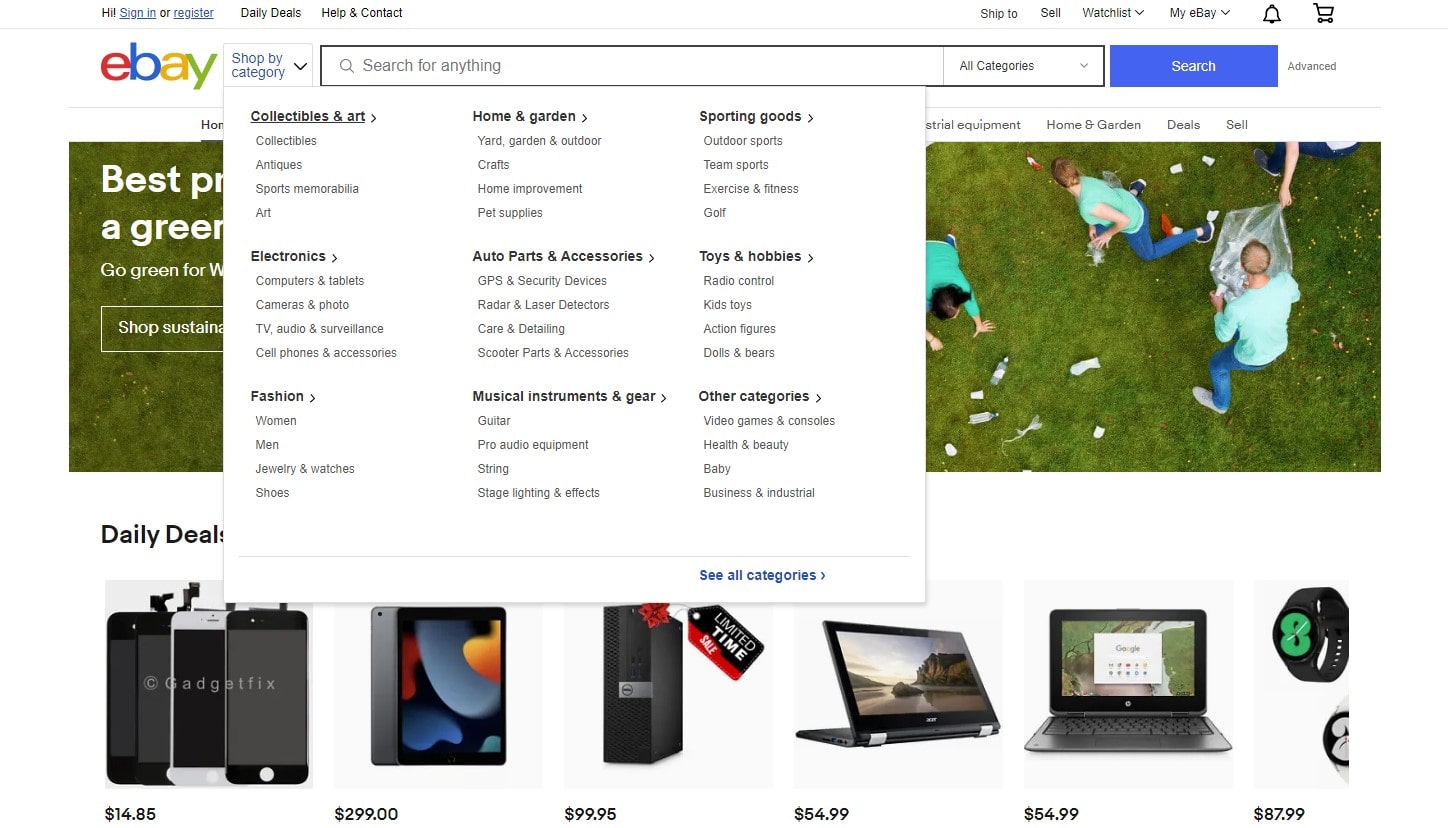
When conducting SEO for the eCommerce site, think about target consumers first and then about your benefit. Visitor satisfaction from interacting with the site is an influential behavioral factor. Therefore, it is taken into account when ranking websites for search queries.
If your online store combines different products in one category, forget about high conversions and user convenience. It may seem there is nothing wrong about making visitors complete several extra clicks, but in reality:
- Users are not interested in wasting their time. Mind it as a seller and eCommerce business owner.
- It’s easier to close the online store’s tab, return to search, and purchase from competitors than to need help with navigation.
- Recommendations for improving the website’s structure are Google’s engine optimization instructions, so respect the rules.
A convenient site structure benefits the user experience and the time spent on the website. After all, the goal of any company is to make buyers stay as long as possible to buy more goods.
How to optimize the website structure for good SEO results?
A properly optimized website structure matches user requests in search engines.
One category can be divided into many subcategories. Clustering allows covering multiple key queries to get into the top search results. If a category is placed on 1 page, users will need help finding the necessary thing.
Tips for proper SEO of the website structure
When designing the website structure of the online store:
- Use user-friendly SEF URLs (transliteration of words in Latin) instead of dynamically generated URLs.
- Create an ordered, logical and easy-to-navigate site structure (main → categories → product/article).
- Make the navigation menu visible and display it everywhere across an eCommerce site.
- Use navigation chains (“breadcrumbs”) to enhance the website’s usability.
These tips help create a convenient and logical structure with ergonomic navigation, which matters for visitors and search engine bots.
Tip #2. SEO of Title and Description Meta Tags on eCommerce Websites
Let’s learn more about these meta tags for proper title and description SEO optimization for an eCommerce website.

Meta tag Title – the page title displayed in the search. It helps search engines understand the subject of the URL.
Meta tag Description – a concise summary of the URL content for search engines.
Because the page snippet in search results is generated based on these tags, they play a crucial role in eCommerce site SEO.
Tips for proper SEO of the title and description meta tags
Recommendations:
- Title/Description meta tags should correspond to the URL content and briefly characterize it.
- Use relevant keywords, but avoid repeating them too often. Search engines perceive it as spam.
- The text of meta tags for each URL must be unique.
- Use conversion words in titles of online stores (buy, price, target city name, etc.)
To create Title and Description meta tags for separate website URLs manually or automatically, your CMS must have the corresponding functionality. Contact specialists if a self-recording engine is used and this feature is unavailable.
Always follow these tips because search positions depend on the interest in the described offer and SEO of the Title and Description meta tags.
Tip #3. Create SEF URLs of eCommerce Website Pages
SEF refers to a Search Engine Friendly URL. This is important for eCommerce sites, information projects, and other websites.
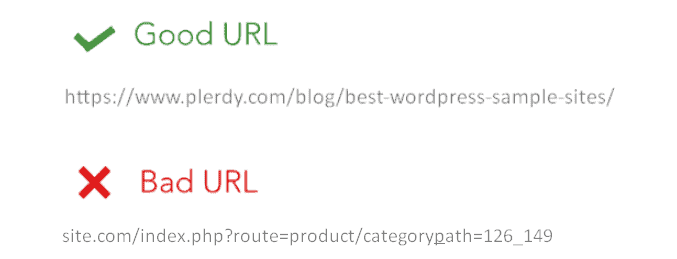
Why does an eCommerce website or regular site need SEF URLs?
Title and Description inform search bots about content, while SEF URLs tell how the URL can meet user needs.
SEO Tips on SEF URLs of eCommerce websites
To avoid problems with the URLs of the eCommerce site, follow these tips:
- Do not use Cyrillic. This adversely affects ranking, and when you copy such an address, these words immediately change to unknown characters.
- Prefer short SEF URLs. 60-80 characters is a perfect length.
- Use a hyphen instead of spaces between words in SEF URLs. Avoid other punctuation marks since it harms SEO.
- Do not indicate numerous key queries in URLs.
These simple tips will considerably boost the visibility of your website. Share them with every member of your marketing and SEO teams.
Tip #4. Image Optimization
Images are integral to any site. This is the main online store element because visitors searching for specific products first pay attention to the photos.
Image optimization solves two main problems: it speeds up loading and increases traffic through conversions from image search.
You can optimize the photo size using a graphic editor. It reduces the weight of the photo by 20-30% and keeps the quality. Users usually need to see the difference.
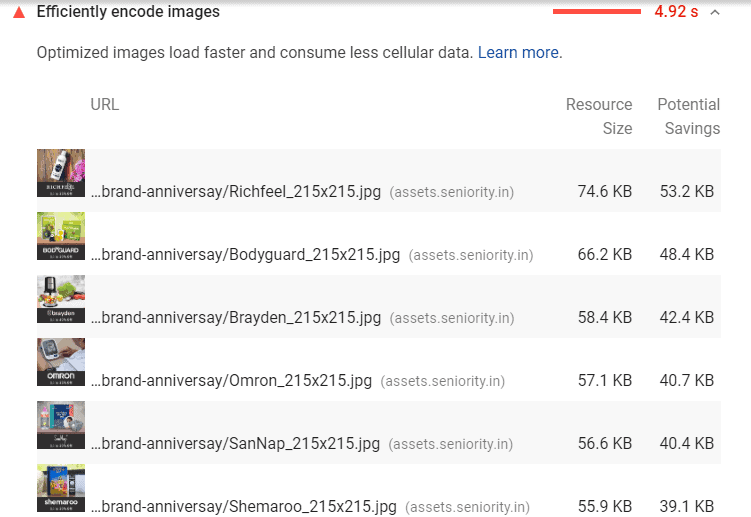
Tips for eCommerce site SEO:
- Edit the image URL to indicate the name or idea of the product (e.g., notebook-dell-xps15.jpeg). This option is much clearer than a complex set of characters like edre54546rgty.jpeg.
- Pay attention to alt attributes (alternative image descriptions). They replace the images that cannot be displayed correctly and are considered by search engines when indexing for Image Search.
Of course, using unique and high-quality images is always preferable, even though generating them takes time. Such content makes your products more attractive.
Tip #5. Use Reviews on Product Pages
Customer reviews are one of the most underestimated eCommerce SEO techniques. They show search engines that people are interested in what you offer. Google sees that your business is open to feedback and is more likely to assign it a good ranking. Besides, user eCommerce reviews provide your websites with long-tail keywords with low competition and high relevance.
Thus, the main advantages are:
- Higher eCommerce site ranking
- More quality keywords
- Increased SEO authority of your eCommerce website
- Additional information about each product

Moderate eCommerce reviews if you want them to sound polite and bring new leads. You cannot delete nasty comments, but you can contact the person to fix the problem and improve their experience.
Tip #6. Find and Improve Broken Links
Broken links lead to non-existent web pages, both internal and external. Since such links harm user experience on an eCommerce site, they devastate SEO. Therefore, you must detect and remove broken links while following other SEO best practices.
How to find them?
Use Site Explorer to detect all broken external links.

How to remove broken links?
Use any of the following tips:
- Replace the broken URLs with live links.
- Remove the broken links if they are not critical.
These approaches may be time-consuming, but the positive effect on your eCommerce site is worth it.
Tip #7. Homepage SEO of eCommerce Websites
Usually, an eCommerce site homepage is optimized for general search queries like “the online store of equipment in Washington.” I won’t exaggerate its importance, but the main page is still a business card and a crucial visitor entry point.
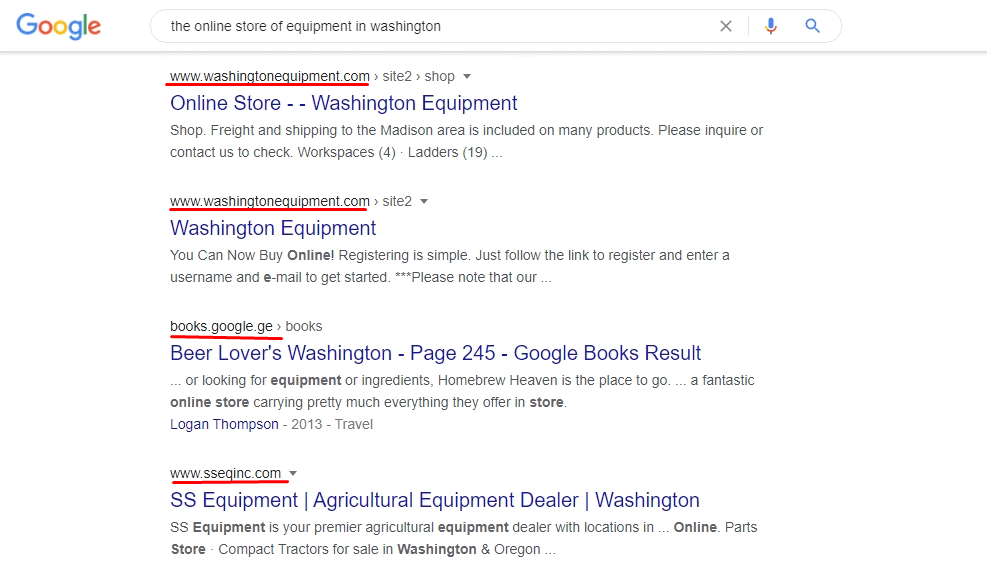
Tips for proper SEO of the eCommerce website homepage
Since homepage SEO should include common queries, adopt the following eCommerce homepage SEO practices:
- The alt attribute of the online store logo must contain target queries. Links must lead to the main page;
- The menu block must be noticeable and provide convenient navigation to various site sections.
- The block of popular or new products must be in the first half of the screen to hook visitors and boost interactions.
- Place a small text (3-4 thousand characters) under the block with goods. The text must contain the main information about your store mentioning targeted queries.
Before starting SEO, we recommend looking at your competitors’ methods for homepage SEO of their eCommerce websites.
Tip #8. SEO of eCommerce Website Category Pages
Product categorization is one of the most significant components of eCommerce SEO. Information sites may not use categories, but for online stores, they are entry points to check the catalog when searching for products.
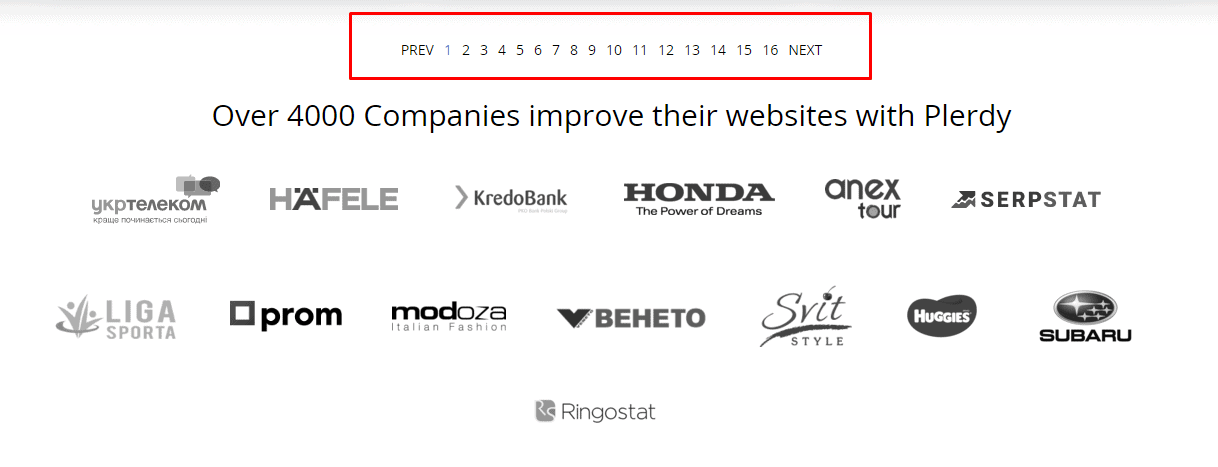
Tips for proper SEO of online store categories
SEO methods to use:
- Integrate breadcrumbs and optimize content. Subcategories and individual products must contain targeted queries in their links.
- Add a unique text of 150-300 words to categories with targeted queries to improve their visibility in search.
- Perform SEO of Title and Description on the online store categories.
Remember that SEO of categories has a tremendous impact, as increasing targeted traffic to category pages will increase the conversion of the entire eCommerce site.
Tip #9. Product Page SEO of the eCommerce Website
The effect of SEO on eCommerce site product pages is tremendous. They are the main landing and conversion pages and require thorough SEO optimization.
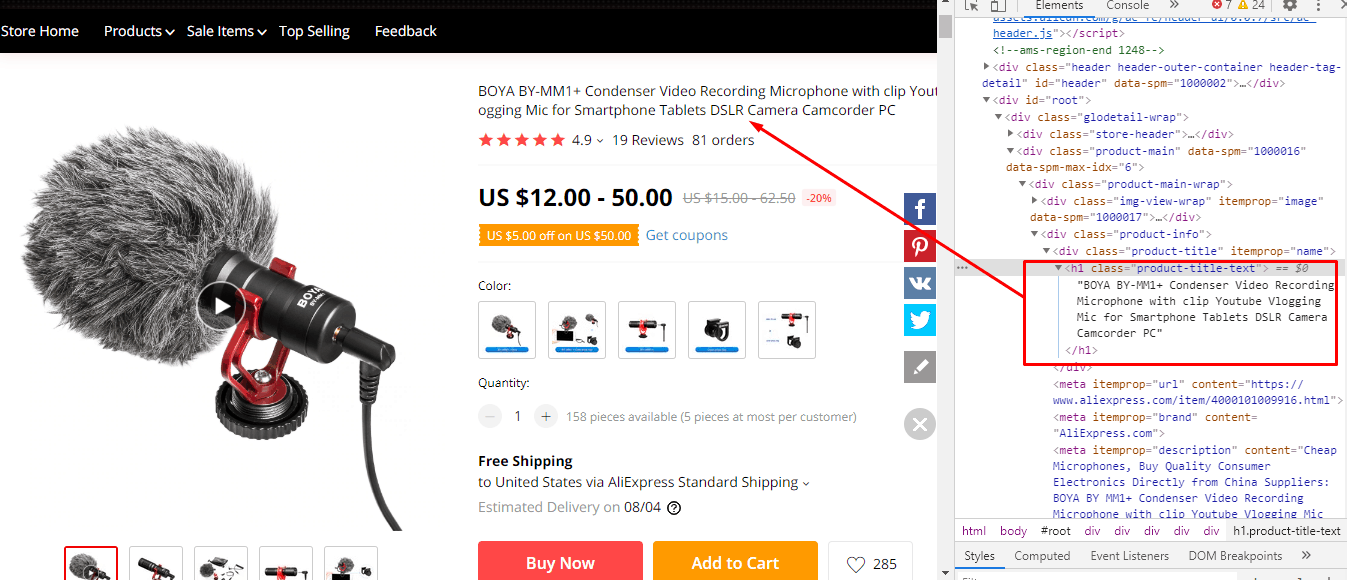
Tips for proper SEO of eCommerce website product pages
SEO of product pages includes the following SEO best practices:
- Write the title (H1) that includes the product’s full name.
- Optimize the Title and Description meta tags with the name of the corresponding product, conversion words, and target queries.
- Create unique “selling” descriptions, informative for potential buyers and relevant for search bots.
- Optimize product images.
- Add social buttons.
- Integrate additional features (the ability to add reviews, compare products, save to favorites, etc.).
Mind that you must optimize every product page on your site. It will bring more traffic to your store and increase purchases.
Tip #10. Use Responsive Design
Unleash the potential of Responsive Design for your eCommerce store. Like a chameleon, it adapts to various screen sizes, providing an optimal shopping experience across devices. Here’s why it’s a must:
- User Experience: Responsive design ensures seamless navigation – it’s all about giving your customer a smooth ride through your online store.
- SEO Advantage: Search engines favor responsive design, pushing your store up the search ranks.

Let’s illustrate this with a real-world example. Imagine an online fitness equipment store. They implement responsive design, creating a website that performs flawlessly, whether accessed via desktop, tablet, or mobile. This creates an enjoyable shopping experience for fitness enthusiasts, regardless of their chosen device, and boosts the store’s SEO. As a result, the store sees an influx of organic traffic and an upswing in customer satisfaction. In the competitive world of eCommerce, leveraging responsive design is a strategic move to attract and retain customers.
Tip #11. Set up the scraper site and a single URL format
Setting up the scraper site implies specifying the main version of the site (with www or without www) in the robots.txt file. The 301 redirects to the main scraper are additionally configured.

For example, https://site.com/page-example. Suppose the same page is available in a different form, with a closing slash “/” at the end. In that case, SEO suffers as search engines perceive it as a duplicate.
Tip #12. Configure Robots.txt and sitemap.xml Files for the eCommerce Website
The robots.txt files allow website owners to manage indexing by instructing bots whether to include a specific section or page in the search index. They can also prevent search bots from indexing a site while engineers develop it.
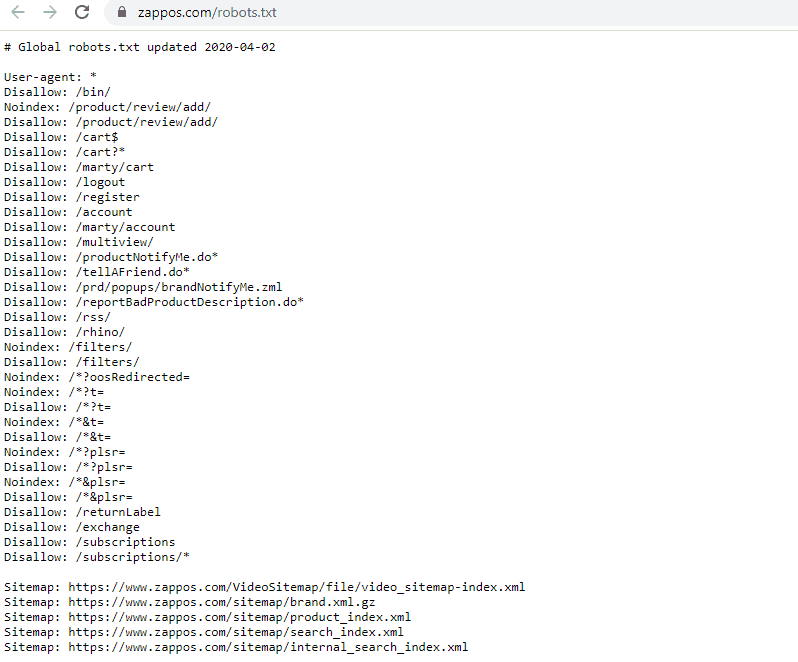
sitemap.xml facilitates website scanning by search bots, essential for online stores and other large web projects (1.5-2 thousand pages or more).
Tip #13. Connect Google Search Console Tools to the eCommerce Website
Google provides all eCommerce and other website owners with a free webmaster’s panel called Google Search Console. This panel allows you to monitor site indexing, view requests for which it appeared in the search, and receive notifications on errors that may lower SEO value.
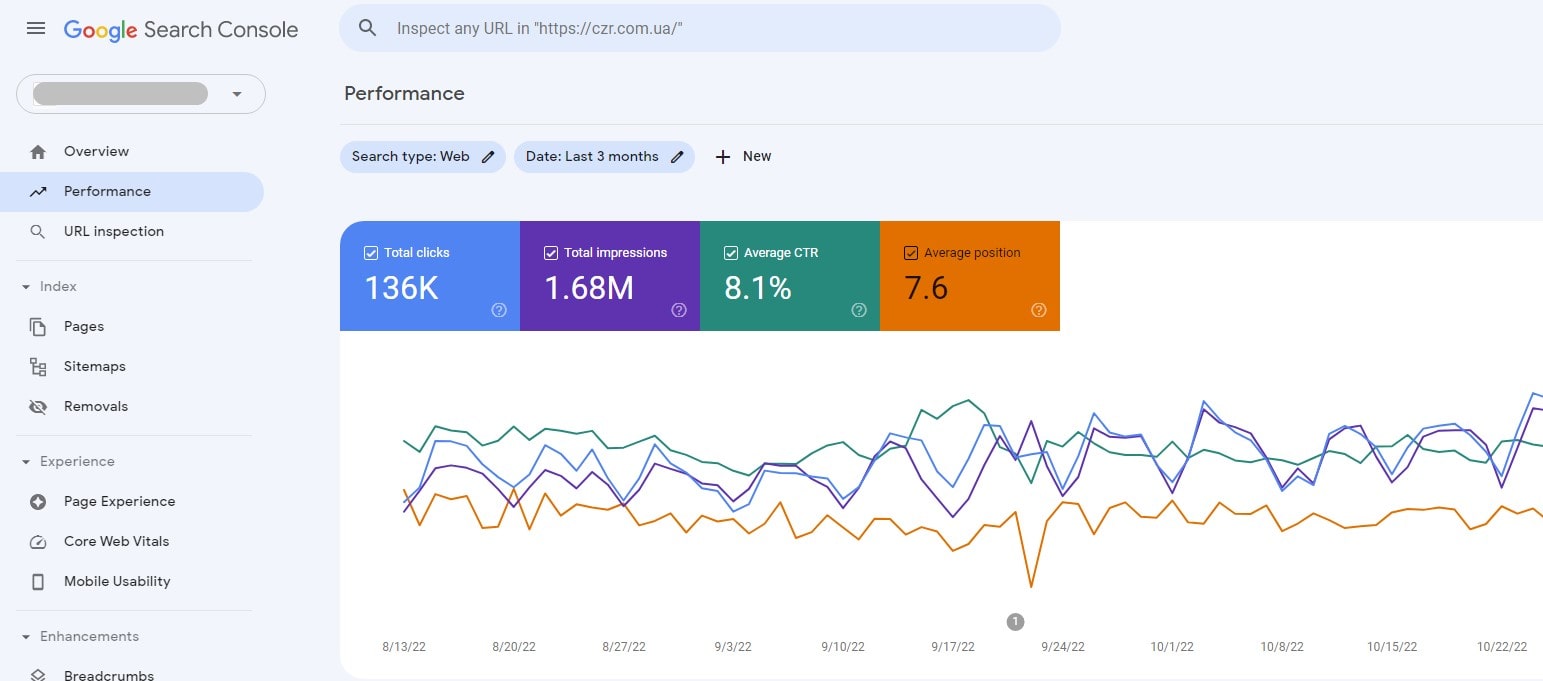
Tip #14. Create and Run SEO for the 404 Error Page
The server generates the “404 Not Found” error in response to a user request to open the URL that does not exist or is deleted. A well-designed 404 page keeps users on the site and invites them to further interaction. In addition, it should display the corresponding status (You can check it using Webmasters tools).

This step is imperative for eCommerce websites and other commercial projects because losing even a small number of visitors results in lost profit.
Tip #15. Delete or edit duplicate pages and content
Website duplicates happen for several reasons, including technical errors in the CMS, poorly designed architecture, or publishing plagiarized content. People rarely care about site duplicates, but search engines hate them.

Duplicate URLs negatively affect the ranking and have a low chance of reaching the search top, resulting in low conversions. You must check the website for duplicates using special tools (NetPeak Spider, Google Search Console) and eliminate them.
Tip #16. SEO of eCommerce Website HTML Tags
eCommerce website HTML tags form the structure of pages. The hierarchy of headers begins with the H1 tag and ends with the H6 tags – from the main title to tiny subsections.

Remember to underestimate H1-H6 headings! They attract search engines to your site, thereby contributing to SEO.
Tip #17. Test and Improve Load Time
According to several studies on Internet marketing, if the load time exceeds 4 seconds, 75% of users refuse to view the website, close the tab, and return to the search. The recommended load time for an eCommerce site is 2-3 seconds.
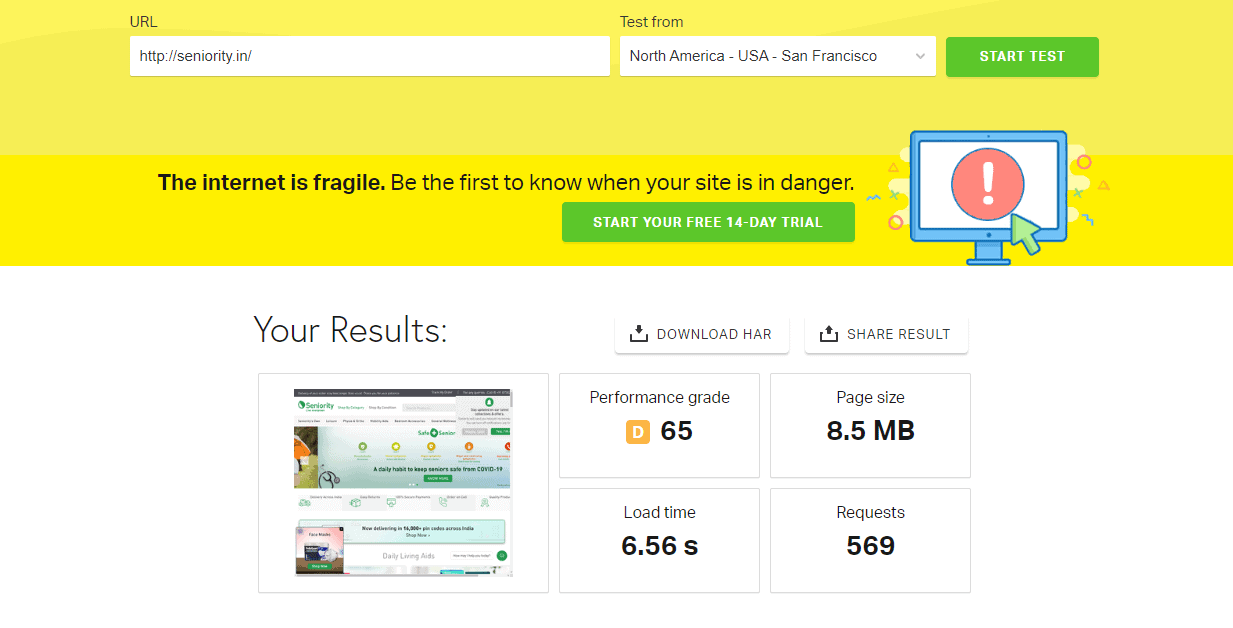
Improve load time using the following services:
- https://www.gmetrix.com/
- https://www.pingdom.com/
- https://developers.google.com/speed/pagespeed/insights/
You can use these services or an alternative tool to check the website speed. The key point is to ensure it’s fast enough through testing and optimization.
Tip #18. Why You Should Combine SEO With CRO
Fuse eCommerce SEO with the Plerdy tool’s Conversion Rate Optimization (CRO) – it’s the powerhouse partnership your online store needs to thrive in the digital arena. This alliance forges an unstoppable eCommerce strategy that reels organic traffic while turning casual browsers into loyal buyers.
Here’s why you should marry these forces:
- Targeted Traffic: SEO draws in organic traffic. Think of it as an invitation, enticing potential customers to visit your online store.
- Conversion Mastery: CRO, the Plerdy tool’s forte, turns this traffic into gold. It hones your website’s layout, guiding visitors down the purchasing pathway.
Imagine an online store selling artisan coffee beans. They create a potent blend by combining SEO and the Plerdy tool’s CRO. SEO brings coffee enthusiasts to their digital storefront using keywords like ‘gourmet coffee beans’. Once there, the Plerdy tool’s CRO streamlines the shopping experience, guiding customers from browsing to checkout in simple steps. The end result? A dramatic increase in conversions and sales.
This perfect mix of SEO and CRO, orchestrated by the Plerdy tool, is the secret brew that can elevate your eCommerce store’s performance and profitability to new levels.
Tip #19. Ways to Improve Your SEO with Heatmaps

Unlock the power of Heatmaps with the Plerdy tool, and turbocharge your eCommerce SEO strategy. Harnessing the insight Heatmaps provides, you can tailor your store to your audience’s preferences, enhancing your organic traffic pull.
Here’s how you can amplify your SEO with Heatmaps:
- User Behavior: Heatmaps show visitors’ clicks and scrolls. It’s like stepping into your customers’ shoes, letting you craft a user-friendly layout that search engines love.
- Content Enhancement: Identify your most engaging content. You can then sprinkle these areas with strategic keywords to boost your SEO.
Imagine you run an online vintage clothing store. Using Heatmaps, you identify that visitors are most engaged with your ‘Retro Dresses’ section. They’re clicking, scrolling, and spending time here. You optimize this area with targeted keywords like ‘vintage swing dresses’ and ‘retro evening gowns.’ Suddenly, your store becomes more visible to organic traffic. Plus, you satisfy your audience with their favored content.
The Plerdy tool’s Heatmaps are a game-changer, providing actionable insights to tweak your SEO strategy and make your online store a favorite stop for organic traffic.
Tip #20. Start a Blog for Your Online Store

Kick-start a blog for your online store – a sterling strategy offering a buffet of benefits for your eCommerce enterprise. Not only can it attract organic traffic, but it also supercharges your SEO efforts.
Why does a blog work magic?
- Engagement: A blog keeps customers hooked to your brand, establishing an emotional connection that translates into loyalty.
- SEO Boost: Frequent blog posts filled with keyword-rich content act as bait for search engines, reeling them into your site.
Let’s bring this to life with an example. Say you run an online store specializing in eco-friendly products. You start a blog, penning posts about sustainable living tips, featuring keywords such as ‘biodegradable household items’ and ‘organic personal care.’ This does two things. First, it gives green-living enthusiasts a reason to visit your store frequently. Second, the keyword-rich content sends a bat signal to search engines, drawing in more organic traffic.
A blog turns your online store into a thriving digital hub. It magnetizes search engines, pulls in potential customers, and deepens your connection with your clientele. It’s an eCommerce strategy that should be noticed.
Conclusion
The bustling world of eCommerce demands a relentless pursuit of traffic, and mastering SEO is your ticket to achieving that organic boost. Throughout this article, we’ve decoded 20 SEO practices that can turbocharge your online store, transforming it into a magnet for organic traffic. Harnessing long-tail keywords, leveraging the power of structured data, and harnessing the power of SEO-UX harmony with Plerdy all contribute to an impeccable, search-engine-optimized digital storefront.
Let’s underscore this point – the future of eCommerce resides in crafting user-friendly and SEO-driven websites. Being mindful of your SEO performance and leveraging tools like Plerdy helps sharpen this vital competitive edge. So, what’s the plan? It’s time to fuel your eCommerce growth, maximizing SEO and propelling organic traffic. Let Plerdy light the way to a future of increased visibility and conversions. Ready to take the leap? Try Plerdy today and set sail for success!
